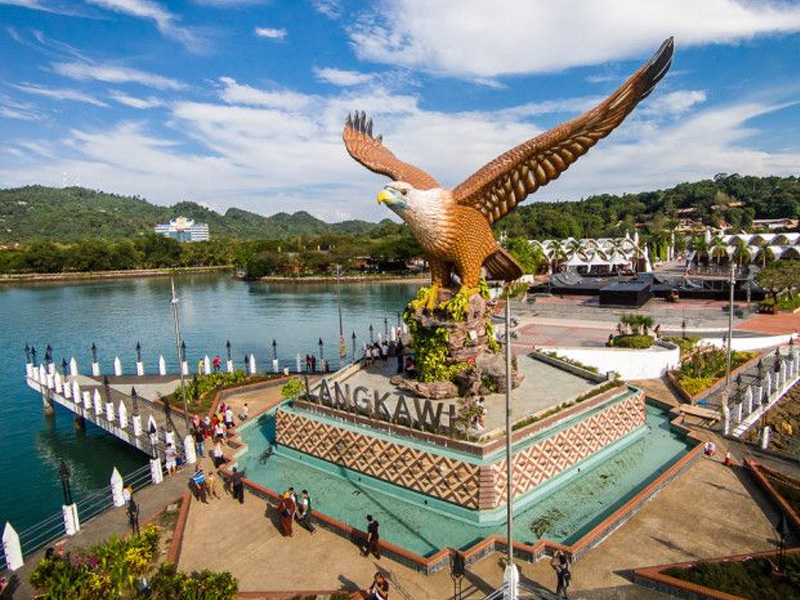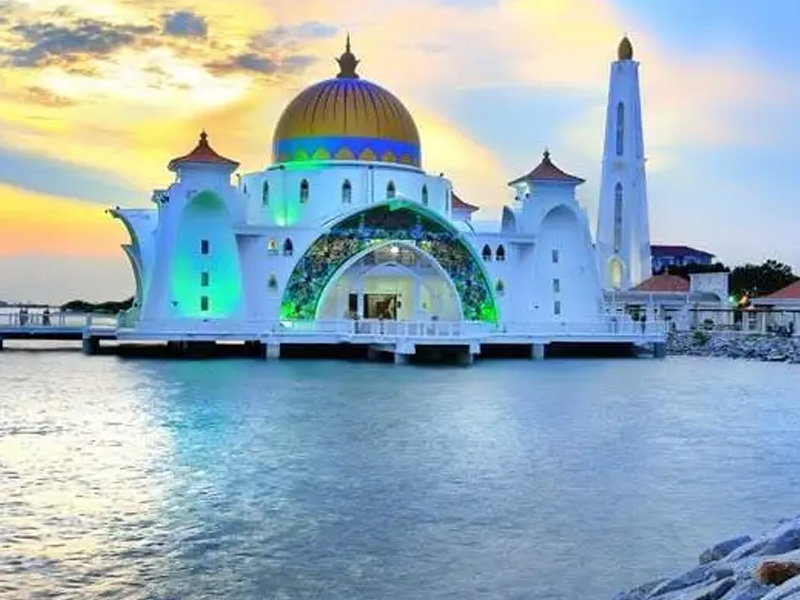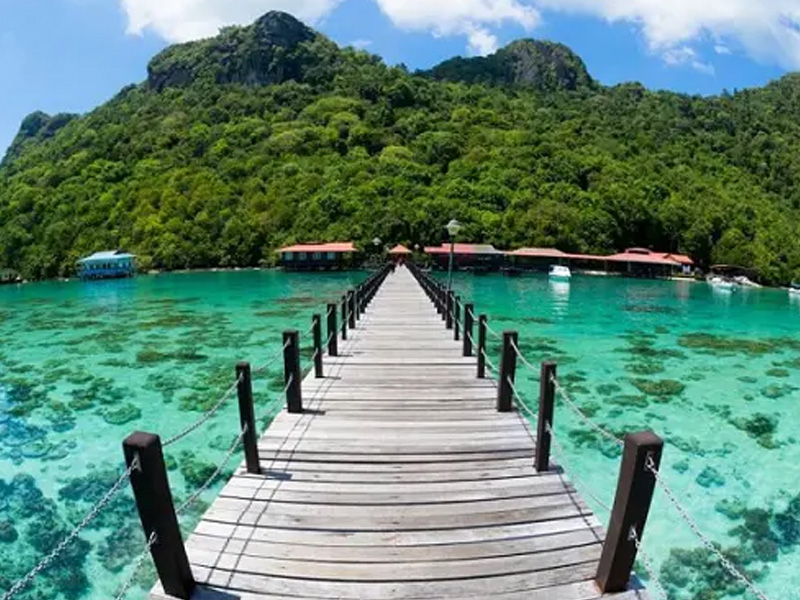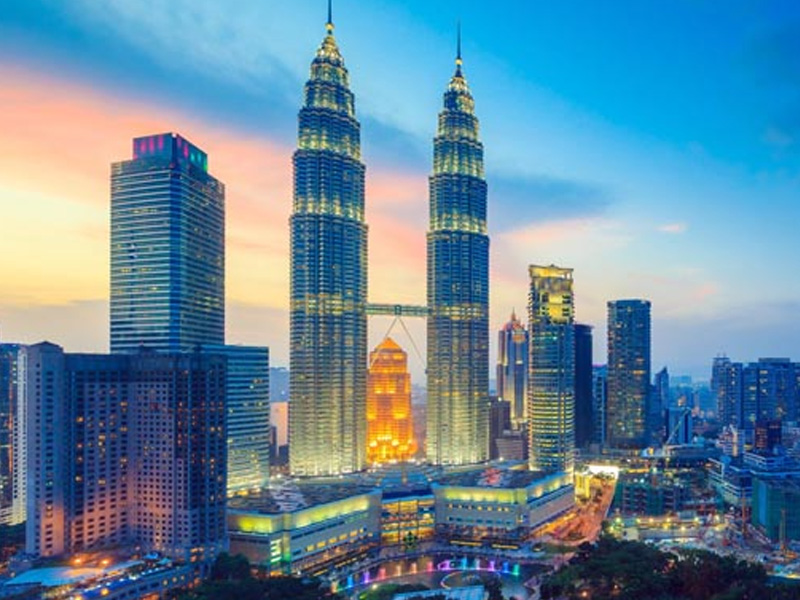When To Go
There is no one best time to visit Malaysia, not least because this country is spread over two separate landmasses that have different local climates. It’s as far from Kuala Lumpur in Peninsular Malaysia to Sandakan in Malaysian Borneo as it is from New York City to Miami.
Even over smaller distances, the climate can vary depending on which coast you are standing on, or even from island to island. It's only 122km (76 miles) from Langkawi to Penang, but the weather can be different on the same day.
Broadly, Malaysia has two climatic seasons: dry and hot, and wet and hot. Don't let the term 'dry season' fool you – it’s humid in Malaysia year-round and there's always a chance of rain. The only place where it might feel cold is in upcountry areas such as the Cameron Highlands, where the temperature can veer from lows of 14ºC (58ºF) to highs of 24ºC (76ºF).
What marks out the wet season is buckets of monsoon rain, although the bulk of the precipitation tends to arrive in the afternoon. The eastern side of the peninsula sees its heaviest rainfall during the northeast monsoon from mid-October to March, while the west coast sees more rain during the southwest monsoon from May to October. Borneo gets drenched from November to February.
Tourism never really shuts down in Malaysia, so there's not really a low season. The busiest times of year tend to coincide with school holidays, which see large numbers of visitors (particularly families) arriving from Europe, the Gulf and neighboring Asian states.
- The December–February high season is the best time to visit the west coast of Peninsular Malaysia
- The June–September high season is the best time to visit Kuala Lumpur and the east coast
- The March–May shoulder season sees the best weather across (most of) Malaysia
- The October-November shoulder season is the top time to visit Melaka and the Cameron Highlands
Good To Know
Malaysia has its origins in the Malay kingdoms, which, from the 18th century on, became subject to the British Empire, along with the British Straits Settlements protectorate. During World War Two, British Malaya, along with other nearby British and American colonies, was occupied by the Empire of Japan. Following three years of occupation, peninsular Malaysia was unified as the Malayan Union in 1946 and then restructured as the Federation of Malaya in 1948. The country achieved independence on 31 August 1957. The independent Malaya united with the then British crown colonies of North Borneo, Sarawak, and Singapore on 16 September 1963 to become Malaysia. In August 1965, Singapore was expelled from the federation and became a separate independent country.
The country is multiethnic and multicultural, which has a significant effect on its politics. About half the population is ethnically Malay, with minorities of Chinese, Indians, and indigenous peoples. The country's official language is Malaysian Malay, a standard form of the Malay language. English remains an active second language. While recognising Islam as the country's established religion, the constitution grants freedom of religion to non-Muslims. The government is modelled on the Westminster parliamentary system, and the legal system is based on common law. The head of state is an elected monarch, chosen from among the nine state sultans every five years. The head of government is the Prime Minister.
After independence, the Malaysian GDP grew at an average rate of 6.5% per annum for almost 50 years. The economy has traditionally been fuelled by its natural resources but is expanding in the sectors of science, tourism, commerce and medical tourism. Malaysia has a newly industrialised market economy, ranked third-largest in Southeast Asia and 36th-largest in the world. It is a founding member of ASEAN, EAS, and OIC and a member of APEC, the Commonwealth, and the Non-Aligned Movement.
- Capitaland largest city - Kuala Lumpur
- Administrative center - Putrajaya
- Official languages – Malay and Recognised language - English
- Ethnic groups - 69.7% Bumiputera,57.3% Malay,12.4% indigenous groups of Sabah, Sarawak and Orang Asli,22.9% Chinese,6.6% Indian,0.8% other
- Religion - 63.5% Sunni Islam,18.7% Buddhism,9.1% Christianity,6.1% Hinduism,0.9% other,1.8% unknown
- AreaTotal - 330,803 km2 (127,724 sq mi) and Water (%) - 0.3
- Population - 32,770,600
- Density - 98/km2 (253.8/sq mi)
- Currency - Ringgit (RM) (MYR)
- Time zone - UTC+8 (MST)
















